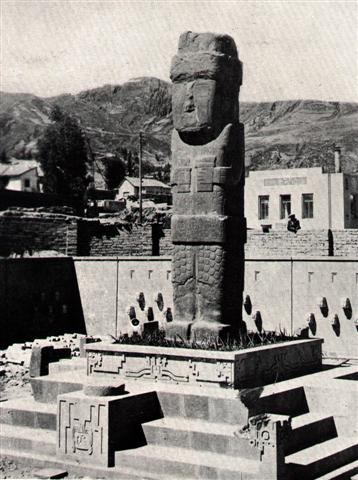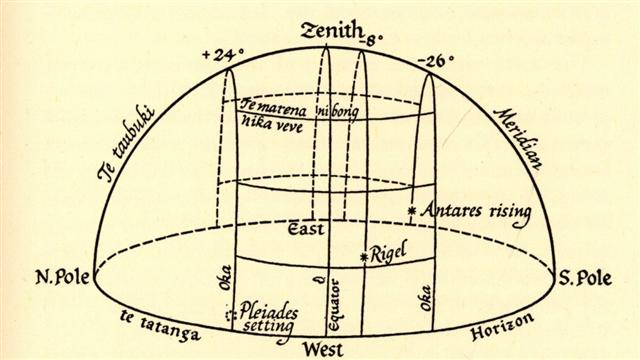413. We have arrived at a kind of hypothesis, viz. that the G text was designed with this structure in mind:
Presumably we would get nowhere if we tried to assign the dates of our own Gregorian calendar to the triplet of glyphs above. Dates change over the epochs and should therefore not be of any great interest - they can easily be derived by simple arithmetics and only 5 numbers should be remembered:
The beginning of side a on the G tablet was probably designed to be at Hyadum II (*64.2) with the first glyph of the text at Ain (*65.7) - the Eye - and therefore I have assumed 0h at the time of the Bull was at Hyadum II (with Aldebaran 4 days later at the Julian equinox). The creator of the G text seems to have used the time of the Bull as his frame of reference:
Perhaps they had observed that the tresses of Pachamama indicated 104 as the number needed in order to go from 78 to 182:
There were 4 days from the Egg (ο Eridani) to the Eye (ε Tauri) and MARCH 23 (82) - 4 = MARCH 19 (78).
Counting the year from day 78 (at the time of rongorongo) was probably thought of as corresponding to counting from the beginning of the year of Rigel (*78, β Orionis).
... In view of the almost universal prevalence of the Pleiades year throughout the Polynesian area it is surprising to find that in the South Island and certain parts of the North Island of New Zealand and in the neighboring Chatham Islands, the year began with the new Moon after the yearly morning rising, not of the Pleiades, but of the star Rigel in Orion. Such an important difference can be explained only on the assumption that the very first settlers ... brought the Rigel year with them ... from some other land 10° south of the equator where Rigel acquired at the same time its synonymity with the zenith. Colonists who arrived in New Zealand from Central Polynesia during the Middle Ages and intermarried with the tangata whenua, 'people of the land', found themselves between the horns of a calendrical dilemma. They must either convert the aborigines to the Pleiades year beginning in November-December or themselves adopt the Rigel year [together with heliacal rising observations] and bring down the wrath of their ancestors on their own heads. That there resulted a long and passionate struggle on the part of both the invaders and the invaded to retain their own the integrity of the sacred year of their traditions can hardly by doubted. The outcome of the conflict proved that the institution of the land was too firmly established to be changed. While some tribes retained the Rigel year in its entirety others effected a compromise by retaining the Pleiades year but commencing it in June ...
|
|||||||||||||||||||||||||||||||||||||||||||||||||||||||||||||||||||||||||||||||||||||||||||||||||||||||||||||||||||||||||||||||||||||||||||||||||||









